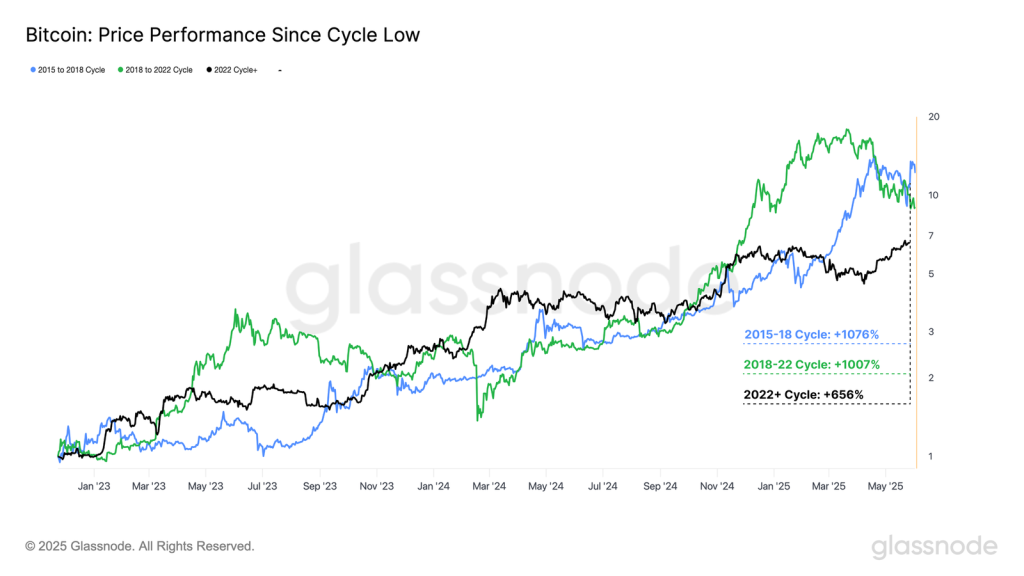The NHS in England will struggle to hit its targets to improve strained emergency services by next year, an independent spending watchdog has concluded, against a backdrop of declining patient approval.
The state of the NHS will be a key issue at the general election expected next year and prime minister Rishi Sunak is anxious to demonstrate improvements before voters go to the polls.
But in a report published on Wednesday, the National Audit Office said that, although staff numbers and funding had increased, the health service had “not been able to secure the full benefits” of this.
Between 2019 and 2021, they noted, NHS productivity had fallen by 23 per cent, “a reduction not echoed by a similar decline in the wider UK economy”.
Patient satisfaction with GP appointment times reached their lowest levels in 2022 and satisfaction with the telephone advice service, 111, fell from an average of 88.8 per cent between 2011-12 and 2020-21 to 78.7 per cent in 2021-22, the NAO found.
A two-year NHS England “recovery plan” for urgent and emergency care, backed by £2.6bn in funding, has set the goal of improving patient services by next March but this would be difficult to achieve, the auditors suggested.
Gareth Davies, head of the NAO, said more people than ever were receiving unplanned and urgent care, with NHS England spending increasing amounts of public money and employing record numbers of people.
Yet worsening patient satisfaction and access to services suggested there was “no single, straightforward solution to improving a complex and interdependent system,” he added.
Although NHS England had a plan to improve services, “long-term trends in workforce, activity, spending and performance indicate this will be a significant challenge,” he noted.
Increased staff absences and infection control measures owing to the Covid-19 pandemic were part of the reason for the productivity falls, the NAO said.
The NHS has not met some urgent care standards for the best part of a decade. Across all A&E departments, for example, the last time the NHS met its target for 95 per cent of patients to be admitted, transferred, or discharged within four hours of their arrival was July 2015.
Matthew Taylor, chief executive of the NHS Confederation, which represents health organisations across the country, said that while funding had increased, “it has not been in line with historic rates and it has failed to keep pace with demand for well over a decade”.
Staffing levels were “still a long way from where patients need them to be” and “with issues remaining around pay and conditions for many staff”, he warned.
The Department of Health and Social Care said the government was “working to achieve one of the fastest and longest sustained improvements in emergency waiting times in the NHS’s history”.
The service’s recovery plan included getting 800 new ambulances on the road and providing 5,000 more hospital beds “as well as delivering an extra 3,000 virtual ward beds to safely care for people from home”.
NHS England said a “huge increase in demand, combined with high bed occupancy, the impact of a ‘twindemic’ of Covid and flu over winter and industrial action” had undoubtedly been challenging for the health service.
But there had been “significant improvements in performance since the start of this year”.
Credit: Source link










